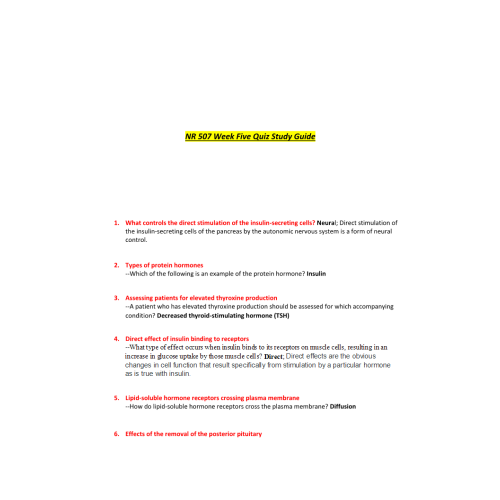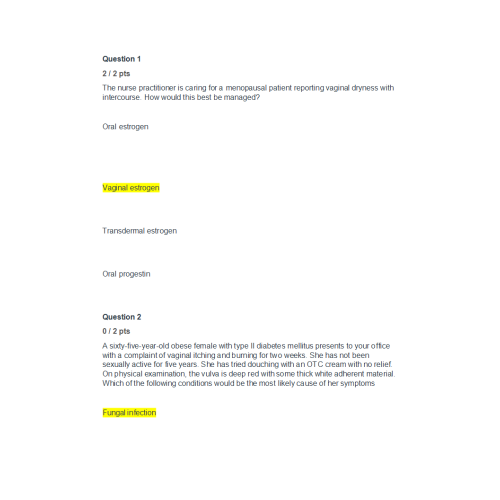

For the information to stay there, you have to process it until you get it. Many students assume that the mind is a bin or a sponge you just pour information into it, and it stays there.

You can’t read your textbook the same way you check your Facebook page, at a quick, superficial level. One reason this method works so well is that when you practice the second R, you see immediately what you had trouble understanding, learning and remembering, so you know what to concentrate on when you do the third R: review. What’s more, it took students less time to use the 3R technique than reading and taking notes. The students who had used the 3R technique did much better on the test than students who used the other techniques. A week later, everyone took the same test. One group used the 3R technique a second read the articles twice and did nothing else a third read the articles once but took notes while reading. In one study comparing the effectiveness of various study techniques, students in three groups read long, technical encyclopedia entries (McDaniel, Howard & Einstein, 2009). Review the section by reading it again to correct anything you got wrong, or to revisit important information that you overlooked when you recited.You can recite to yourself, to a friend, to your cat or even to your coffee mug or a plant in your room. Recite (speak aloud) everything you can remember about what you've just read.

Let’s say you’re supposed to read a chapter by your next class. How will you learn all of this information? Secret #1: Use the 3R technique: Read. Your instructor has assigned you certain readings from your textbook and possibly other sources as well. Here, in more detail, are the secrets to learning and doing well in your courses. Okay, that’s two sentences, but these secrets are so important, we snuck in an extra one. And even when you learn it, you need to keep testing yourself regularly over the semester so that what you’ve learned stays learned. If we had only one sentence to tell you the secret, it would be this: The secret to doing well is testing yourself on what you’ve studied - asking yourself questions, retrieving the answers, going back and restudying what you didn’t know, and testing yourself again and again until you learn the material. What we’re about to tell you is the real deal, proven to work in scientific laboratories and in schools from junior high to the university level (McDaniel et al., 2011 McDaniel, Roediger & McDermott, 2007 Roediger, Putnam & Smith, 2011). Psychological research has uncovered many secrets to learning. You may think that reading and rereading is the best way to learn. How do you study? If you are like most students, your favorite strategy is to read the textbook and your notes, and then read them again (Karpicke, Butler & Roediger, 2009). Upper Saddle River, N.J.: Pearson Education, Inc. This article originally appeared in Psychology (11th ed.) (2014).


 0 kommentar(er)
0 kommentar(er)
